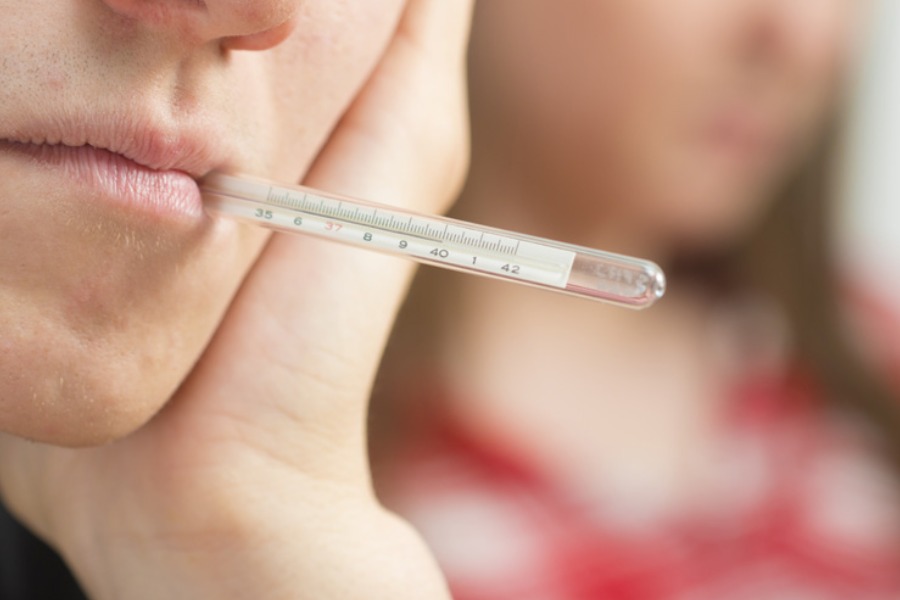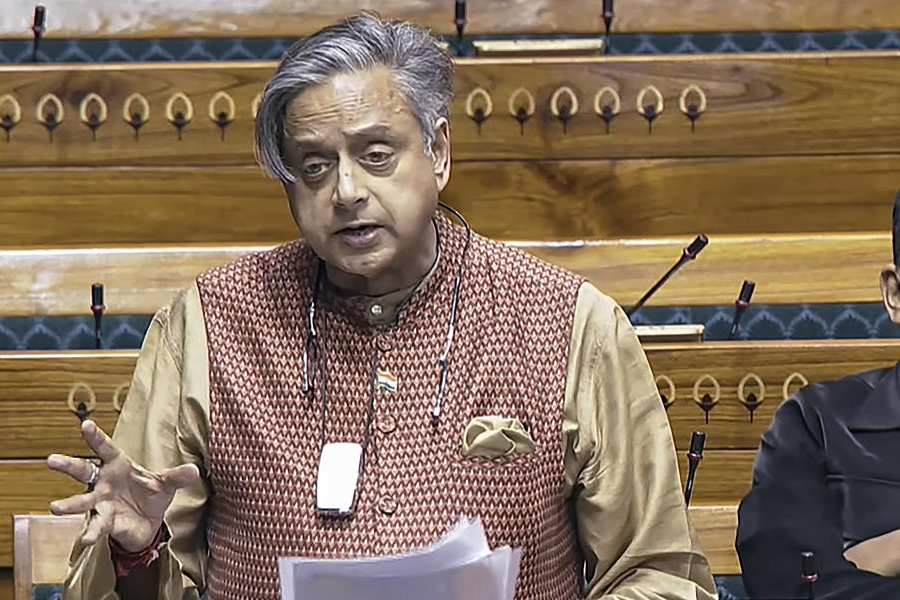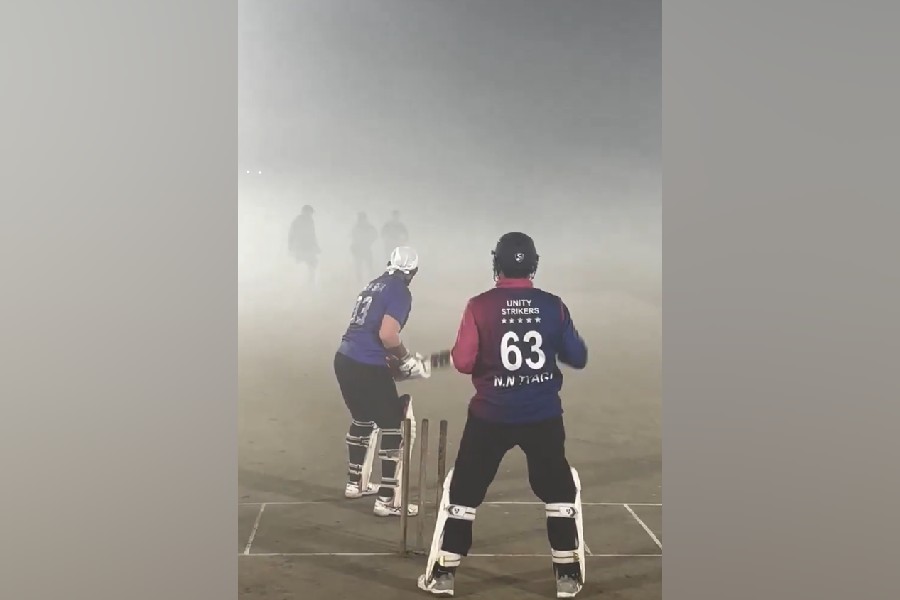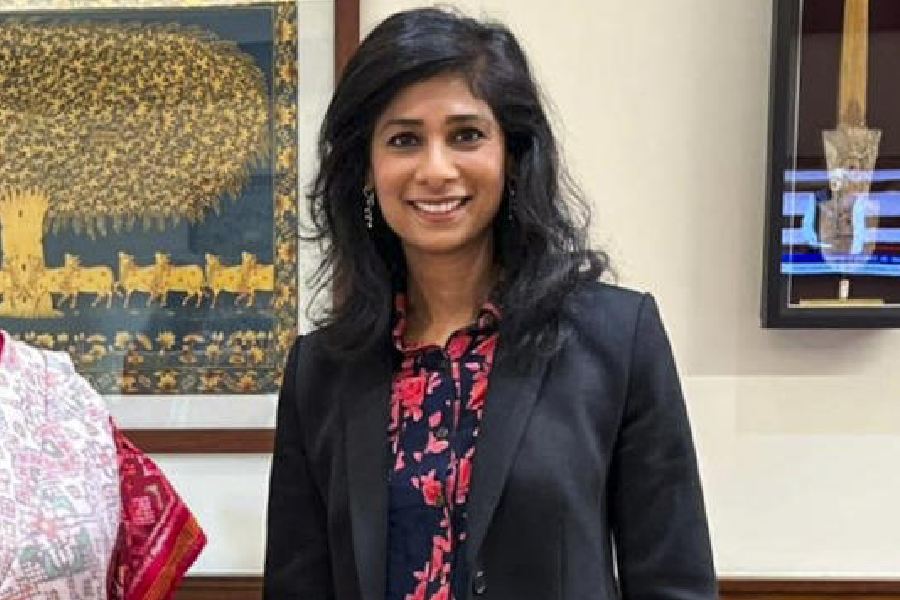Many people in and around the city are suffering from fever and related symptoms, such as body ache and throat and chest congestion.
A doctor at Medical College Kolkata said around 12 to 13 per cent of patients coming to the hospital’s general medicine OPD complain of fever.
Doctors said most illnesses were not severe and patients recuperated within a week or so, but elderly people and those with comorbidities should take extra caution.
“Nearly 12 or 13 in every 100 people visiting our OPD are coming with symptoms of fever, body ache, headache, nasal congestion and throat irritation. This is quite a high percentage,” said Soumitra Ghosh, head of general medicine at the hospital.
“Most of these infections are restricted to the upper respiratory tract. Those with a history of asthma and chronic obstructive pulmonary disease (COPD) and other comorbidities should be cautious,” said Ghosh.
There is a greater possibility of the infection spreading to the lower respiratory tract, including lungs, in people with asthma and COPD, said Soumitra Ghosh, the head of general medicine at Medical College Kolkata.
Doctors suspect most of the infections were caused by a host of respiratory viruses. The viral panel test, which identifies the virus causing the illness, is very costly and is rarely advised unless the infection is severe or if the doctor feels the test is necessary.
“Of the very few viral panel tests done so far, influenza, parainfluenza, metapneumovirus and respiratory syncytial viruses came out as the causes of the illnesses,” said a doctor.
The weeks leading to monsoon and the monsoon season are usually the time when both the number of influenza and the severity of flu infections are higher, said Chandramouli Bhattacharya, an infectious diseases specialist with the Peerless Hospital.
“Data released by the World Health Organisation (WHO) shows that in India, places south of 30° N latitude witness most influenza infections from May to October-November. Some flu infections are getting reported around the year, but the numbers as well as the severity of the infections see a sharp rise during this period,” said Bhattacharya.
“The fact that more flu infections happen during this time of the year is something we have also experienced as doctors,” he added.
The 30° N latitude passes through south Punjab and the middle of Uttarakhand. All states south of Punjab and Uttarakhand will now see a rise in flu infections.
Bhattacharya said the WHO data shows more flu infections in states north of 30° N latitude occur during winter.
Amitabha Saha, head of critical care at Desun Hospital, said people should take the flu vaccine as it reduces the severity of the disease as well as the possibility of getting infected.
A resident of Hindustan Park, who came back from Delhi on Saturday morning, said he had fever and body ache, and extreme weakness.
An elderly couple from Dum Dum had been down with fever for the past week. First, the woman suffered from fever for three days with nausea and fatigue.
“A day after my fever subsided, my husband was down with fever. He had fever and weakness as well as a headache,” said the woman.











